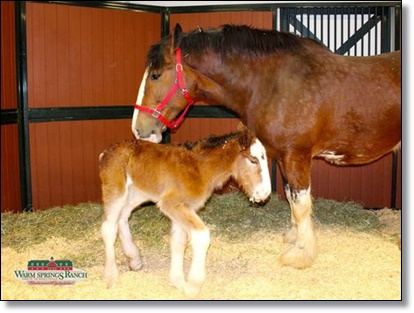A teenager allegedly planned to pack a kangaroo with
explosives, paint it with an Islamic State symbol and set it loose on police
officers in an Anzac Day terror plot, a court has heard.
Sevdet Ramadan Besim, 19, is also accused of plotting to
run down and behead a police officer at a Veterans' Day ceremony in Melbourne
last year.
He has been ordered to stand trial in the Victorian Supreme
Court after pleading not guilty to four terror charges.
Besim, from Hallam, in Melbourne's outer south-east, was
arrested along with four alleged conspirators in April 2015 - a week before
Anzac Day. He has been in custody since.
Prosecutors alleged on Thursday that he was discussing the
planned attack with a British accomplice as well as doing online searches about
Gallipoli landings commemoration events.
He allegedly said he was “ready to fight these dogs on
there [sic] doorstep”, according to court documents.
“I'd love to take out some cops,” Besim is alleged to have
written. “I was gonna meet with them then take some heads.”
The ABC also quoted a document presented by prosecutors
that summarized the alleged conversation about the kangaroo bomb.
Besim allegedly sent an image on 20 March 2015 saying “look
what I got ahaha”, the court documents said.
'The conversation continues with BESIM detailing what he
did that day and they have a general discussion around animals and wildlife in
Australia including a suggestion that a kangaroo could be packed with C4
explosive, painted with the IS symbol and set loose on police officers.'
Besim allegedly also said: 'Main thing I guess is that I
send the dog to hell'.
The 19-year-old has been in custody since 18 April, when
200 heavily armed officers swooped on the city's south-east, arresting five
teens and seizing knives and swords.
He will appear in the Supreme Court charged with planning
an Islamic State group-inspired terrorist attack at services in Melbourne and
the neighboring city of Dandenong to mark Anzac Day.
The campaign for the 1915 Gallipoli landings in Turkey was
the The campaign was the first major military action fought by the Australian
and New Zealand Army Corps during the First World War.
Police have alleged that Besim was motivated by an
extremist ideology and had expressed support for terrorist organizations,
particularly the Islamic State movement.
Besim faces a potential life sentence in prison if
convicted.
A British court in October sentenced a 15-year-old boy from
Blackburn, northwestern England, for his part in the ANZAC Day plot.
In passing sentence in the Manchester Crown Court, Judge
John Saunders said the teenager, who can't be named because of his age, would
only be released when he was no longer a danger to the public.
Saunders handed down a life sentence with no chance of
parole for five years.
Sevdet Ramadan Besim, 19, (pictured) allegedly planned to
pack a kangaroo with explosives, paint it with an Islamic State symbol and set
it loose on police officers in an Anzac Day terror plot, a court has heard.
Multiple photos of Besim on
his social media pages show him posing with one raised index finger, a symbol
that other ISIS supporters have also frequently used.
He has been ordered to stand trial in the Victorian Supreme
Court after pleading not guilty to four terror charges.
He will appear in the Supreme Court charged with planning
an Islamic State group-inspired terrorist attack at services in Melbourne,
pictured is the Dawn Service on Anzac Day in 2015.
FOLLOW US!






















































